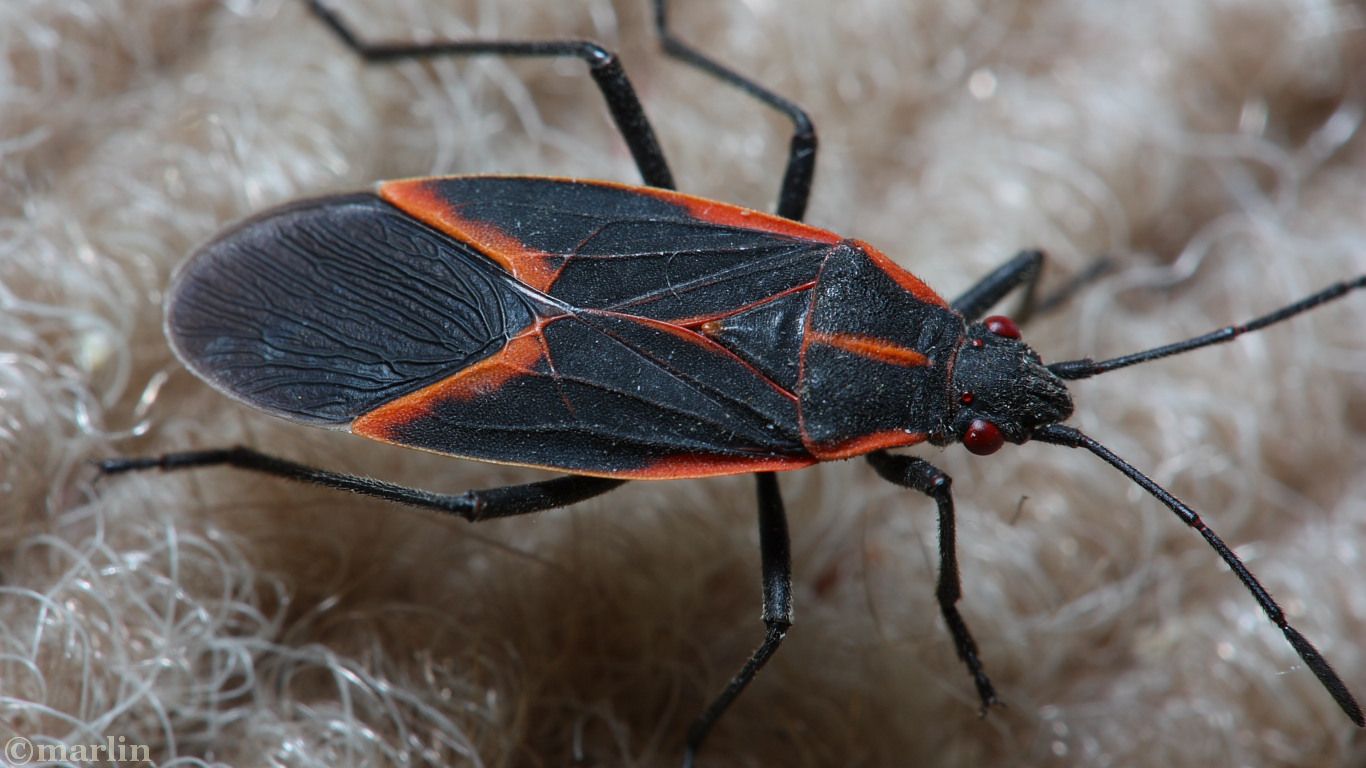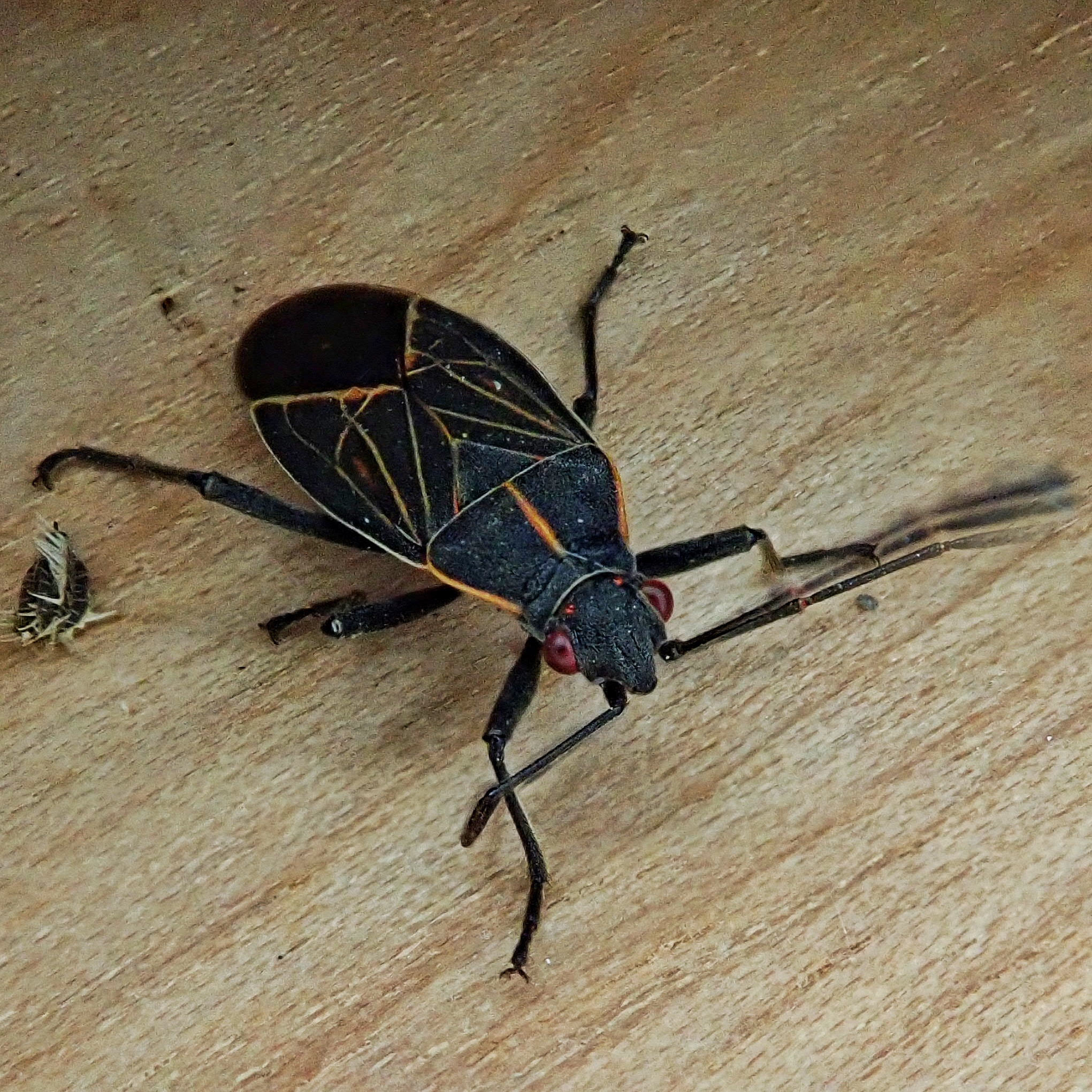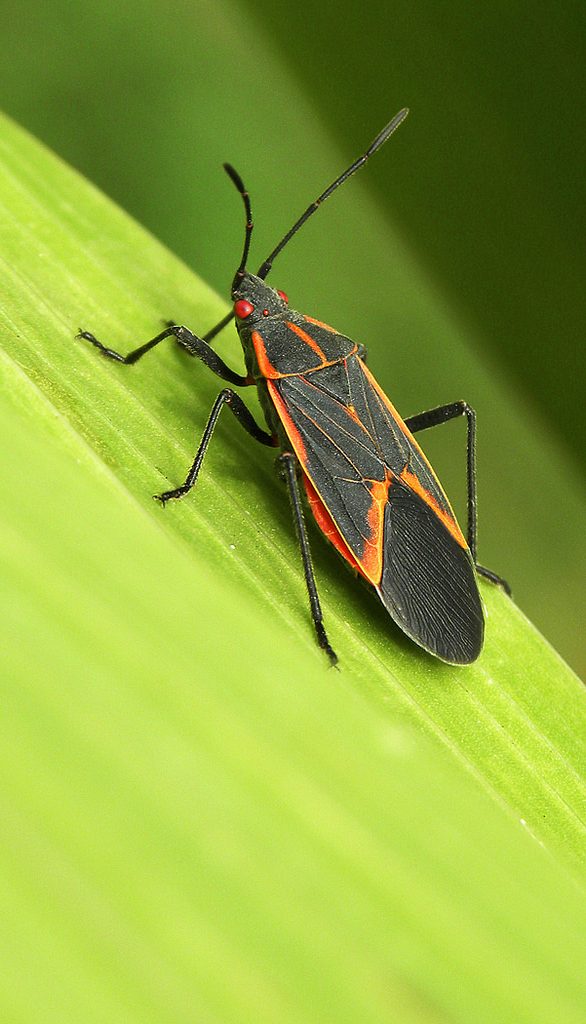

As nymphs develop further, dark-colored wing pads (structures that develop into wings) become visible. Nymphs (immature stages) hatch from the eggs and are similar in shape to the adults, but are red. There is a reddish marking along the outer edge of each forewing.Įggs are straw-colored when laid, but turn more reddish as the insect within it develops. It has red eyes and a somewhat flattened and elongated-oval body that is about ½ inch long and ⅓ inch wide. IdentificationĪn adult boxelder bug is charcoal gray to black in color with three reddish lines on the dorsal (top) surface of the thorax (chest) region directly behind the head. For homeowners, they are mainly nuisance pests because of their occasional invasions of homes, typically in the fall, when they are searching for a place to survive the winter.

Their feeding habits rarely cause significant damage to host plants and as such, are not considered economically important plant pests. They also feed on other maples ( Acer species) as well as numerous other species, including buckeye, ash, spirea, strawberry, honeysuckle, plum, cherry, peach, grape, and apple. They have piercing-sucking mouthparts and feed mainly on seeds produced by female boxelders. Ciesla, Forest Health Management International, īoxelder bugs ( Boisea trivittata) get their common name from their primary plant hosts, boxelder trees ( Acer negundo). Insecticidal soap provides a safe control alternative but it must be sprayed directly on the insects to be effective.William M. Other alternatives include controlling insects while they are on the boxelder plant or direct sprays of congregations of the insects on outside walls. If large numbers are present every year, removal of female boxelder plants should be considered because this is the major host plant for them. Check door sweeps and places outside the house that may allow them to get inside. These insects are only a nuisance or accidental invader however, they may leave an odor and stain when crushed.Įxclusion is important in reducing numbers that get indoors. They will not multiply nor will they infest any household articles. Sweep or vacuum up and discard those found inside. They move to sheltered areas (including nearby houses and buildings) in the fall and remain there during the winter. The red abdomen has an orange-yellow stripe and spot down the center of the back.īoxelder bugs feed on plants during the summer. The wingless immature or nymphal stage has a black head, antennae, and legs. There are three narrow red lines on the segment behind the head, one down the center and one on either side and a thin red inverted "V" about the middle of the back.

They are mostly black with some red markings. These harmless accidental invaders may be a temporary nuisance as they move into and out of sheltered overwintering sites in the fall and spring.Īdult boxelder bugs are elongate, 1/2 inch long insects with sucking mouthparts. Large numbers of them can be seen on tree trunks, or branches, or sunning themselves on the south or west sides of buildings in the spring and fall. Boxelder bugs are common insects that feed on sap from leaves, twigs, and seeds of boxelders, as well other members of the maple family.


 0 kommentar(er)
0 kommentar(er)
